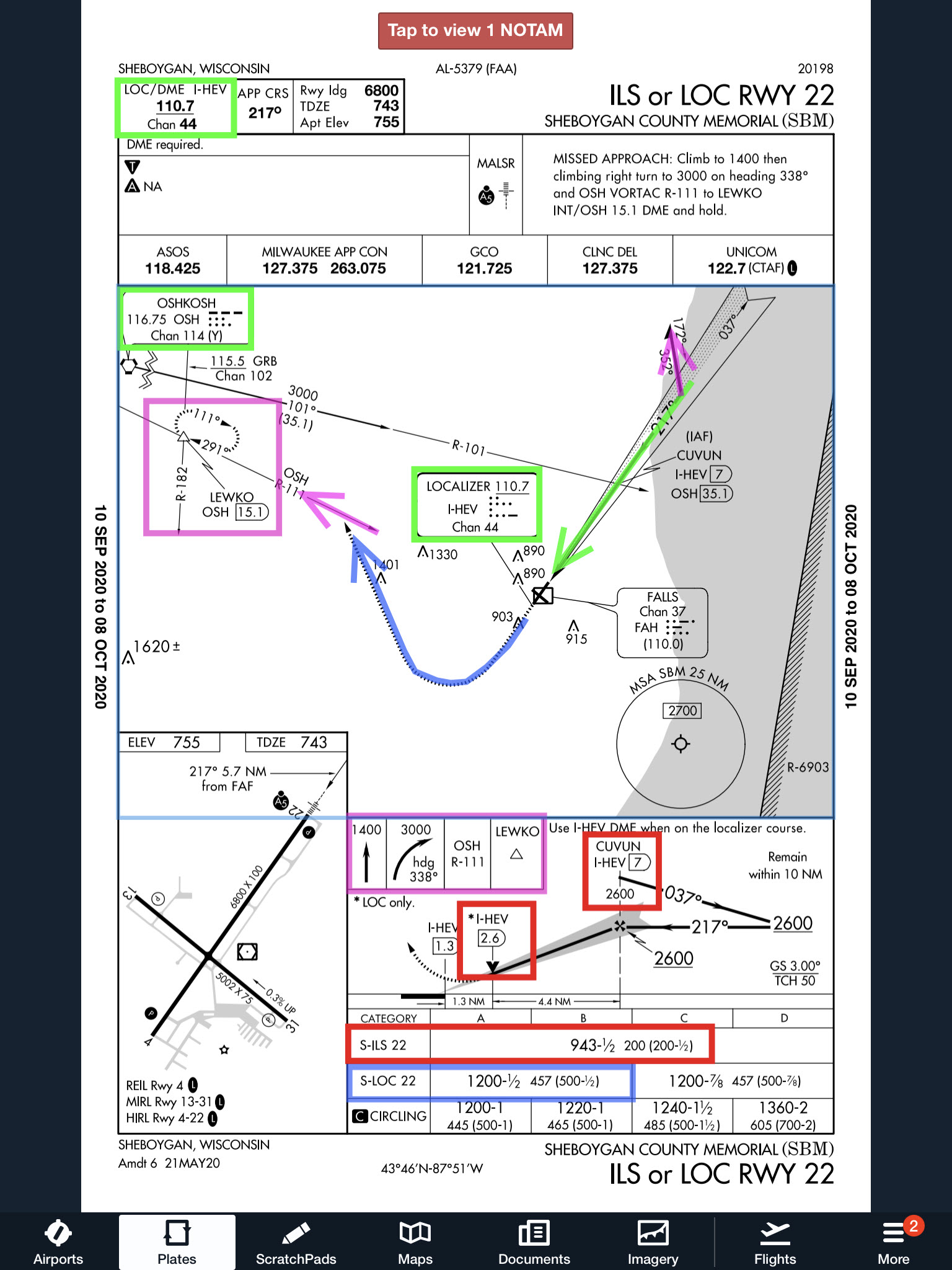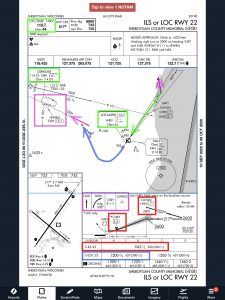
Briefing IFR Procedures
Updating the briefing process for today’s IFR cockpit environment.
Charts for instrument procedures include a lot of information, and IFR pilots learn to brief departures, arrivals, and approaches as part of the preparation for takeoff, descent, and landing.
Often, however, those briefings aren’t especially effective, because the pilot or crew just recites data on the chart and doesn’t actually prepare to fly the procedure. For example, a traditional approach briefing usually goes something like this:
 “We’re flying the ILS runway 17 at Tacoma. The chart date is October 8, and this is amendment 8C. The inbound course is 167, and the runway is 5000 feet long…”
“We’re flying the ILS runway 17 at Tacoma. The chart date is October 8, and this is amendment 8C. The inbound course is 167, and the runway is 5000 feet long…”
In other words, the pilot reads courses, altitudes, and other details off the chart. But reading a chart aloud doesn’t truly prepare you to fly a procedure. It’s like trying to sight-read a piece of music instead of practicing before a recital.
For example, a traditional briefing often doesn’t describe how you’ll navigate the segments of an approach. And too often, a traditional briefing is also rushed or juggled with other tasks, especially in an aircraft equipped with modern avionics.
Today, most IFR pilots fly with at least some electronic displays and GPS navigators, and we use electronic flight bags – tablets and apps – to plan our flights on the ground and to display charts and related information in the air.
Given the way we fly IFR today, it’s time to update the briefing process to reflect modern avionics and the tools we bring into the cockpit.
So how can you develop an efficient, effective IFR briefing so that both you and the airplane are in the groove and the runway appears ahead through the mist? Follow this link to view a presentation by Galvin instructor Bruce Williams, who will help you create effective briefings for IFR procedures that reflect how we fly in the 21st century.